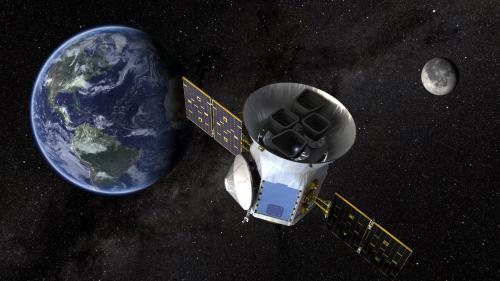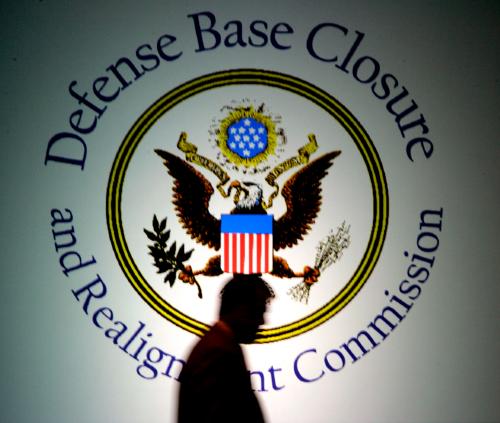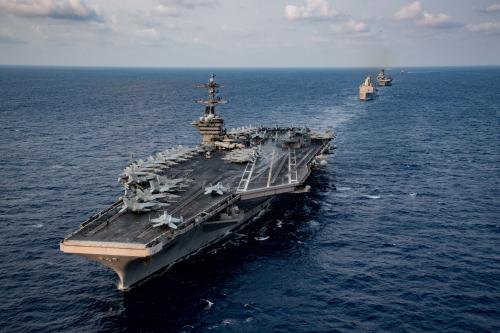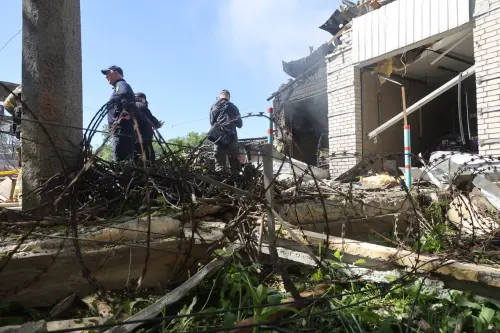With the annual federal deficit already on track to top $1 trillion again next decade, even without counting any Trumpian plans for big defense buildups, infrastructure initiatives, or tax cuts, we need a measured defense buildup, not a massive one, writes Michael O’Hanlon. This piece originally appeared on USA Today.
President-elect Donald Trump has called for a revitalization of the U.S. military, as well as better treatment of veterans. Lamenting the damage that 15 years of war and five years of budgetary shenanigans had done to the American armed forces, Trump said on the campaign trail that their condition was a “disgrace.” He promised to fix things if elected.
Trump is right about the general direction things should go. We need to halt government shutdowns, temporary spending bills, and the continued specter of a return to sequestration, which forced automatic cuts in 2013. A somewhat larger military budget is needed, too.
Yet in framing defense choices, it is important to understand our starting point. The U.S. armed forces are not a disgrace, and their readiness is not in shambles. With the annual federal deficit already on track to top $1 trillion again next decade, even without counting any Trumpian plans for big defense buildups, infrastructure initiatives, or tax cuts, we need a measured defense buildup, not a massive one. Unit by unit, today’s armed forces are strong; the main problem is that they are just somewhat too few in number.
The U.S. armed forces are not a disgrace, and their readiness is not in shambles.
Consider a few basic facts:
- The condition of most weaponry compares well with that of the Reagan era. For example, most Army vehicles have “mission capable rates” exceeding 90 percent. To be sure, there are concerns, for example in certain helicopter fleets. Problems that exist are specific, not systemic.
- Training is still recovering from the stresses and strains of recent years. The ground forces in particular, after so many years conducting counterinsurgency, are gradually restoring their abilities for large-scale maneuver warfare of the type vital to deter Vladimir Putin and Kim Jong Un, among others. About two more years will be needed to complete the task. But the recovery path is now well charted and well funded.
- The men and women of the U.S. military, though tired and strained, have never been finer. That is not a simple statement of patriotism. The data back it up. For example, today’s typical serviceman or servicewomen has even more experience in uniform than those of Reagan’s day. Military pay is solid, compared with jobs in the civilian economy. For example, the latest quadrennial review of military compensation calculated that the typical soldier, sailor, airman, airwoman or Marine earns more than about 85 percent of his or her civilian cohorts with comparable age, education and experience in overall compensation.
- The defense budget, though itself not proof of quality, is high by historical standards. Counting combat operations as well as nuclear weapons accounts at the Energy Department (but not counting the Department of Veterans Affairs budget, which is separate), national defense now costs America slightly more than $600 billion a year. That compares with a Cold War average of about $525 billion, in inflation-adjusted 2016 dollars. It is at least three times China’s budget and six to eight times Russia’s. And those much-pilloried U.S. allies collectively budget about an additional $600 billion between them, meaning that the Western alliance system accounts for at least two-thirds of global military spending.
Where does that leave us? Taken together, Trump’s plans are too expensive and more than is needed—especially if one imagines a huge influx of additional resources for existing forces, as Trump’s rhetoric would inaccurately claim to be necessary. All of this would push us back toward the Bush/Obama peak of about $780 billion a year in the late 2008-2011 period, far above the Reagan-era peak.
A more discriminating buildup should be adequate to the nation’s defense needs. For example, instead of adding 70,000 soldiers to the active-duty Army, Trump could add 20,000 to 30,000. That would be enough to shore up new deployments that NATO is beginning in the Baltic states, among other needs. It would restore the Army to its size from the late Bill Clinton/early George W. Bush years. Rather than grow the Navy to 350 ships, Trump could aim for a fleet in the low 300s—10 percent larger than it was several years ago, and still enough to sustain a 2-to-1 advantage over China in fleet tonnage (as well as a big advantage in most types of technology).
To make his mark, Trump need not binge on defense. A modest buildup is what we need.







Commentary
Right-sizing the Trump defense buildup
December 28, 2016